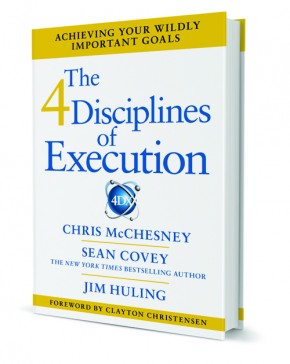Game On!
Posted by Carol on January 31, 2013We’re in the midst of creating some new training material and have been exploring innovative ways to engage our trainees. Through our research, we’ve discovered gamification, which means using game thinking and game mechanics in non-game situations. We’re really excited about it!
To see this concept in application, check out codeacademy.com. The site is an interactive, free, learning program designed to teach common programming languages. Information is presented in short segments that allow the learner to practice as they go, solving problems to advance to the next module. Each time a milestone is reached, the user is rewarded with a badge and an encouraging message, providing instant gratification and an immediate sense of accomplishment. The reward system makes learning and completing each module addictive, as the user works toward collecting more badges and completing more content.
We’re all looking for new ways to engage our work force and make training stick. In a world where so much of our work is disconnected from the final product, gamification provides a sense of accomplishment that isn’t always easy to mete out in the harried day-to-day of the office. This idea has real merit – and makes work fun.


